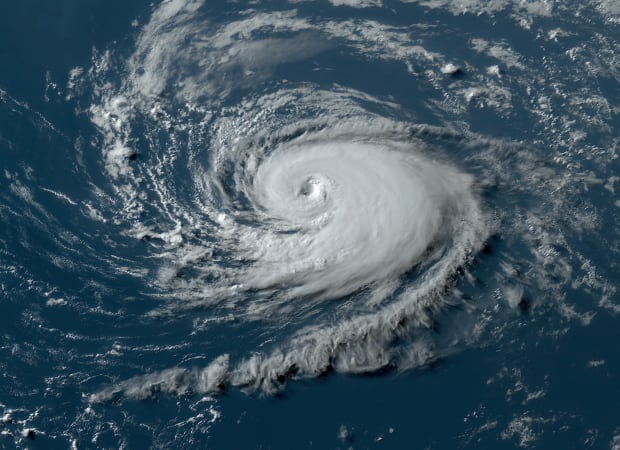
Image credit: NOAA
A record-warm Atlantic Ocean, possibly competing with the usually mitigating effects of El Niño, has caused scientists at NOAA’s Storm Prediction Center to amend their May annual hurricane outlook, increasing the likelihood of an above normal Atlantic hurricane season from 30% to 60%. The announcement headlined the early August update, issued when the six-month season typically begins to gain momentum.
“The main climate factors expected to influence the 2023 Atlantic hurricane activity are the ongoing El Niño and the warm phase of the Atlantic Multi-Decadal Oscillation, including record-warm Atlantic sea surface temperatures,” Matthew Rosencrans, lead hurricane season forecaster with NOAA’s Climate Prediction Center, said in a webinar. “More specifically, odds are in excess of 95% that the ongoing El Niño will continue through the autumn of 2023. Typically, El Niño-related changes to the atmosphere inhibit tropical activity in the Atlantic, especially in the western Caribbean and the Gulf of Mexico. This year, the changes typically associated with El Niño appear to be emerging a bit later than initially anticipated.”
He added that, “if those El Niño-related changes move in quickly, activity could be near the lower end of our ranges. If the local conditions in the Atlantic prevail longer than anticipated, activity could be nearer the upper end of our predicted ranges.”
The updated outlook, which covers the season from June 1 through the end of November, now calls for “14-21 named storms (winds of 39 mph or greater), of which 6-11 could become hurricanes (winds of 74 mph or greater),” the agency said in a statement. “Of those, 2-5 could become major hurricanes (winds of 111 mph or greater). NOAA provides these ranges with a 70% confidence.”
The updated numbers include the five tropical storms, one of which reached hurricane strength, that have already formed in the Atlantic this season.
Rosencrans said that the June-July sea surface temperatures in the “main development region of the North Atlantic were the warmest since 1950, at 1.23° centigrade above normal.” Those warm waters likely contributed to the development of two tropical storms in the “deep tropics” in June and July; such early development usually means a busy season in the offing.
Other factors in the prediction are the West African monsoon; if stronger, it’s typically related to more tropical activity. So far, the “rains have been robust, but the wind patterns have been nearer to normal, giving a bit of a mixed signal into the outlook,” he said. As well, El Niño, “competing with local conditions in the Atlantic, increased the uncertainty in the outlook.”
“No matter the overall activity, we urge you to prepare now for the upcoming core of the hurricane season,” he said.
For more information: noaa.gov/topic-tags/atlantic-hurricane-season
And for more about how the changing hurricane season may be altering sailors’ southbound plans: sailmagazine.com/cruising/hurricanes-and-southbound-sailing-plans
August 2023







